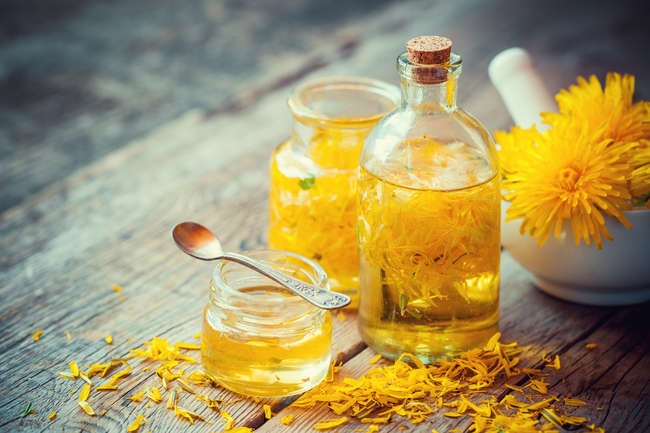

We may earn revenue from the products available on this page and participate in affiliate programs. Learn More ›
Home Advice You Can Trust
Tips, tricks & ideas for a better home and yard, delivered to your inbox daily.
Fall for Floral Flavor!
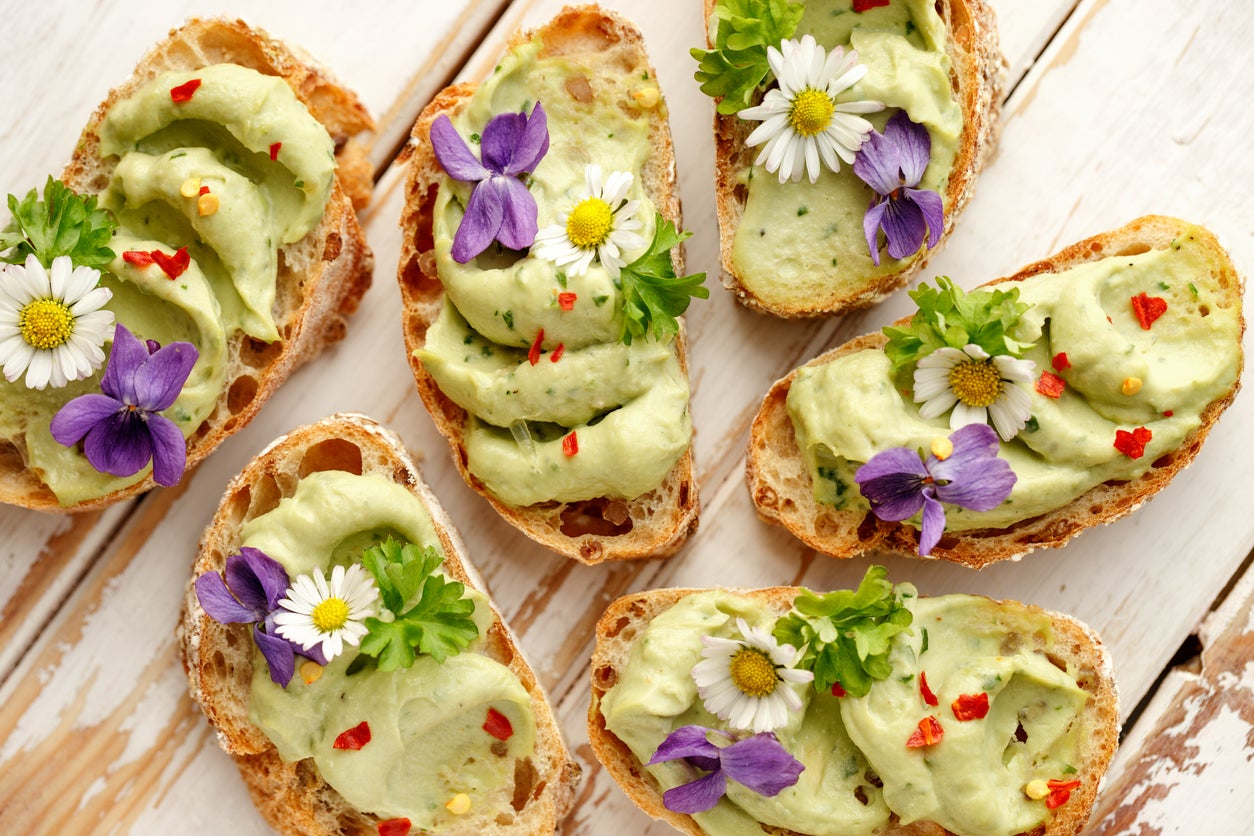
If you think edible flowers refer to those buttercream buds often used as cake decor, think again. Many bona fide blooms that are easy to grow are also safe to eat. They are components of an edible landscape that add texture, color, and flavor to recipes. While most edible flowers are annuals, some may self-seed to return year after year, adding beauty to your garden and, upon picking, a gourmet touch to your table.
However, there is a very serious caveat. Some posies are poisonous, and even an edible flower may have toxic components. Typically, it’s the petals that can be consumed, not the stamen and pistil inside the flower. To be on the safe side, consume only the petals of edible flowers. Plus, you may also want to take off the base of the petal, because it can be bitter.
While some plants in their native state can be safe to consume, it’s important to never eat flowers that have been treated with pesticides or other chemicals. Either grow your own the all-natural way, or purchase those labeled “certified organic.” To explore which flowers are edible, try starting with the following 15 varieties that will help get you started on a flower power program for everything from starter salads to sweet treats.
Relish Those Roses.
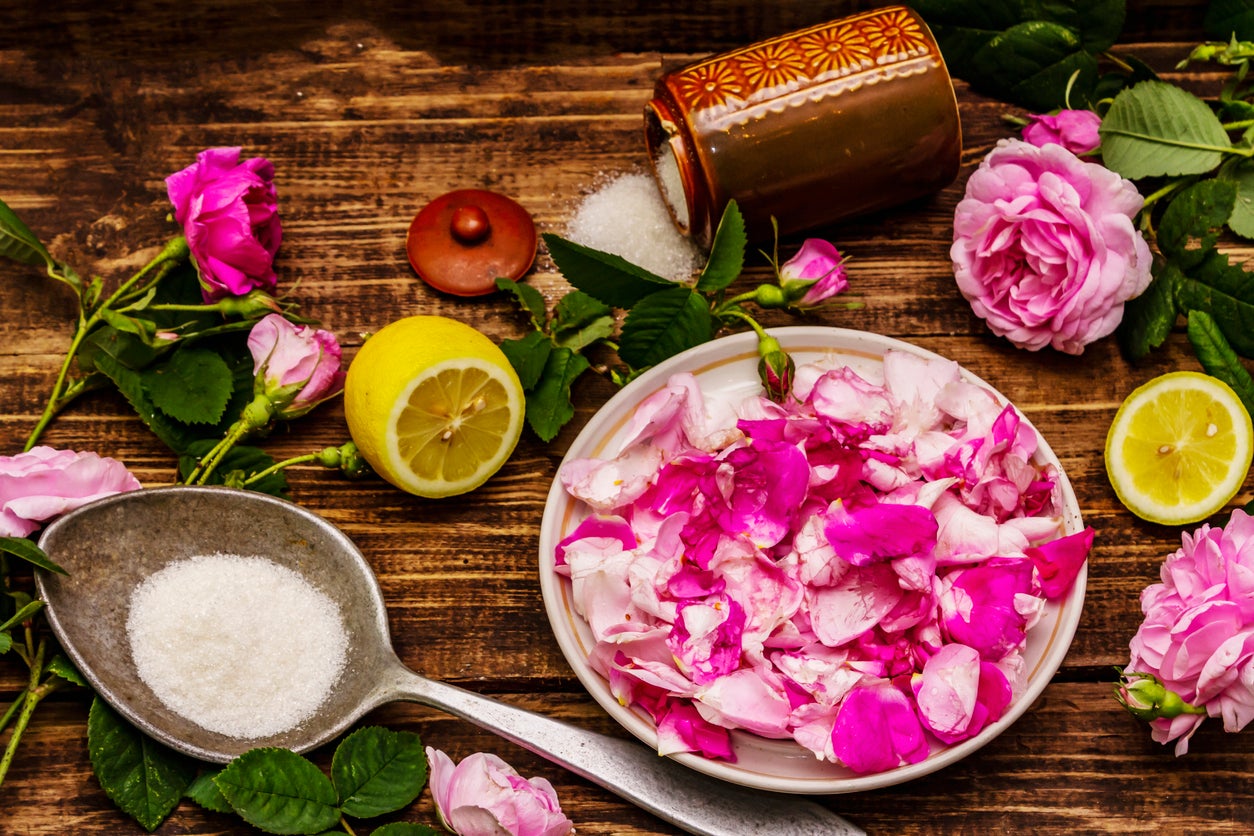
The planet’s most popular posies, roses (among them, Rosa rugosa alba, R. rugosa, R. damascena, R. gallica
) are edible, but different petals have slightly different flavors, so it may be best to experiment. While petals that have a delicately sweet taste can enhance beverages and jams, Middle Eastern cuisine treats roses as a type of spice, extending their repertoire even further. For example, consider a creamy, cooling cucumber-yogurt sauce often served with crispy rice dishes.
Dig into Dandelion.
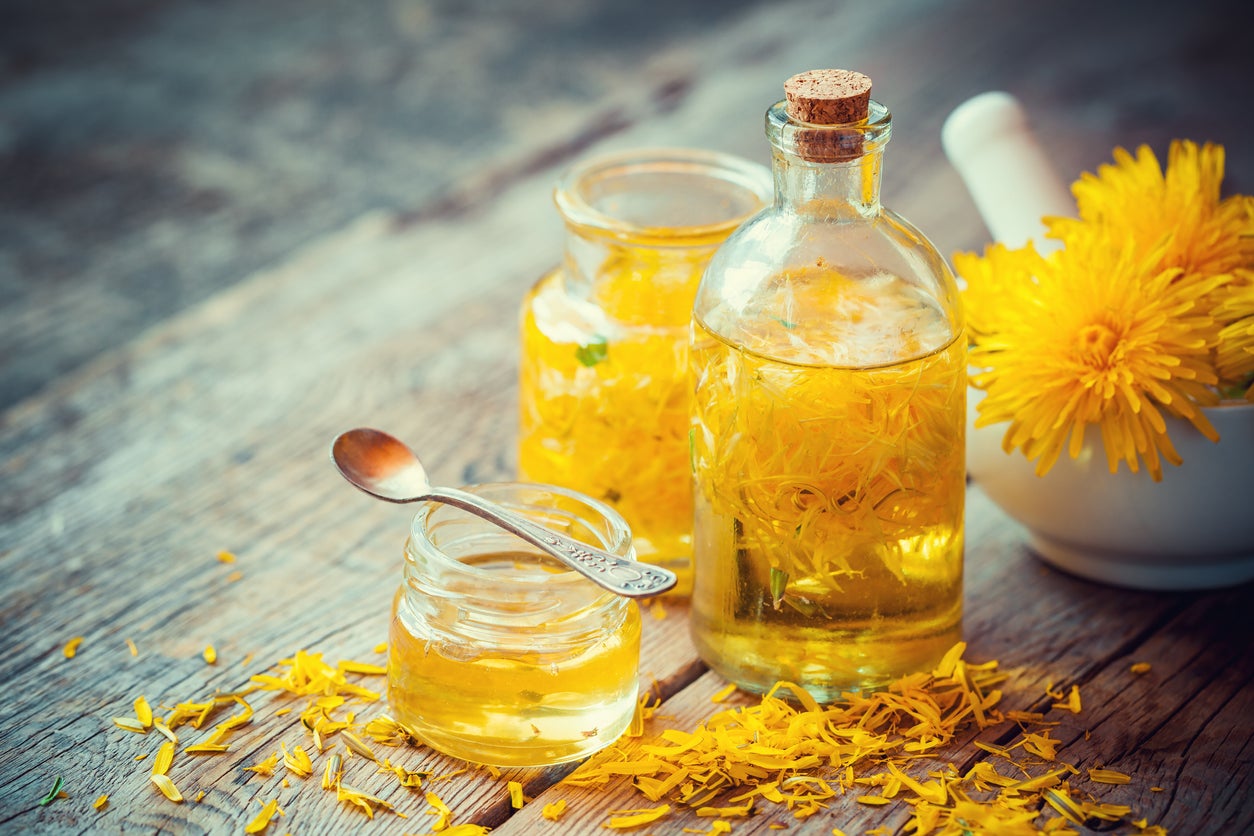
It may often be called a weed, but the whole darned dandelion (Taraxacum offcinale) is not only merely edible, it’s entirely delicious—from the mildly bitter greens to the not-too-sweet honey-like flavor of the young blooms. Simply pop off the dandelion head and pop the petals into batter for scones, shortbread, or biscuits. For a dandy appetizer, dunk the flowers in tempura batter, deep-fry quickly, and serve with dipping sauce.
Sip on Hibiscus.
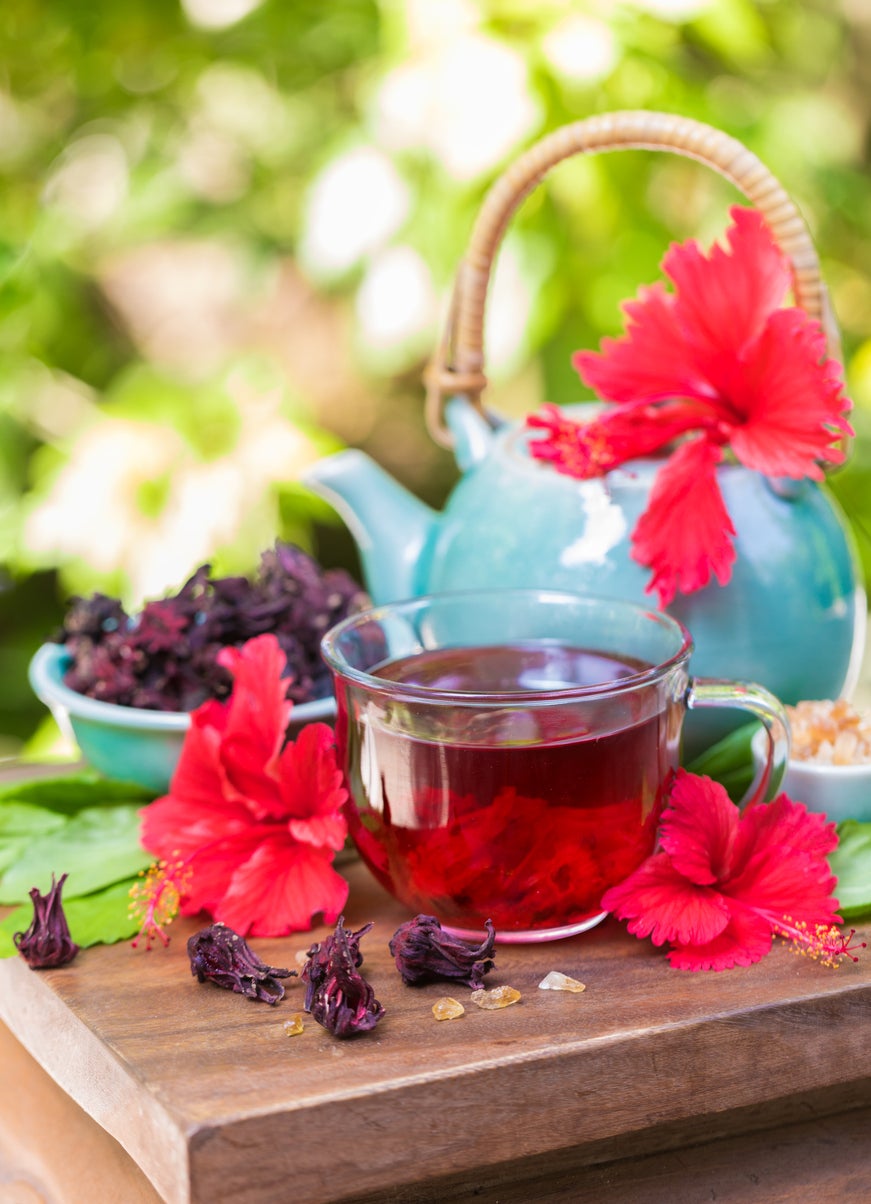
A lush tropical flower boasting a mild citrus-cranberry flavor, hibiscus (Hibiscus rosa-sinensis) is highly refreshing—no wonder it’s a go-to ingredient for trendy cocktails. It’s also loaded with antioxidants, so it can give your potables a healthy twist.
Stuff Some Nasturtiums.

Flaunting a slightly spicy flavor akin to mustard, raw nasturtium (Tropaeolum majus) petals are splendid in salads, pairing especially well with walnuts and beets. The flowers are also the ideal size for finger foods, so stuffing them with goat cheese may wow guests at your next soiree.
Invite Violets to Brunch.
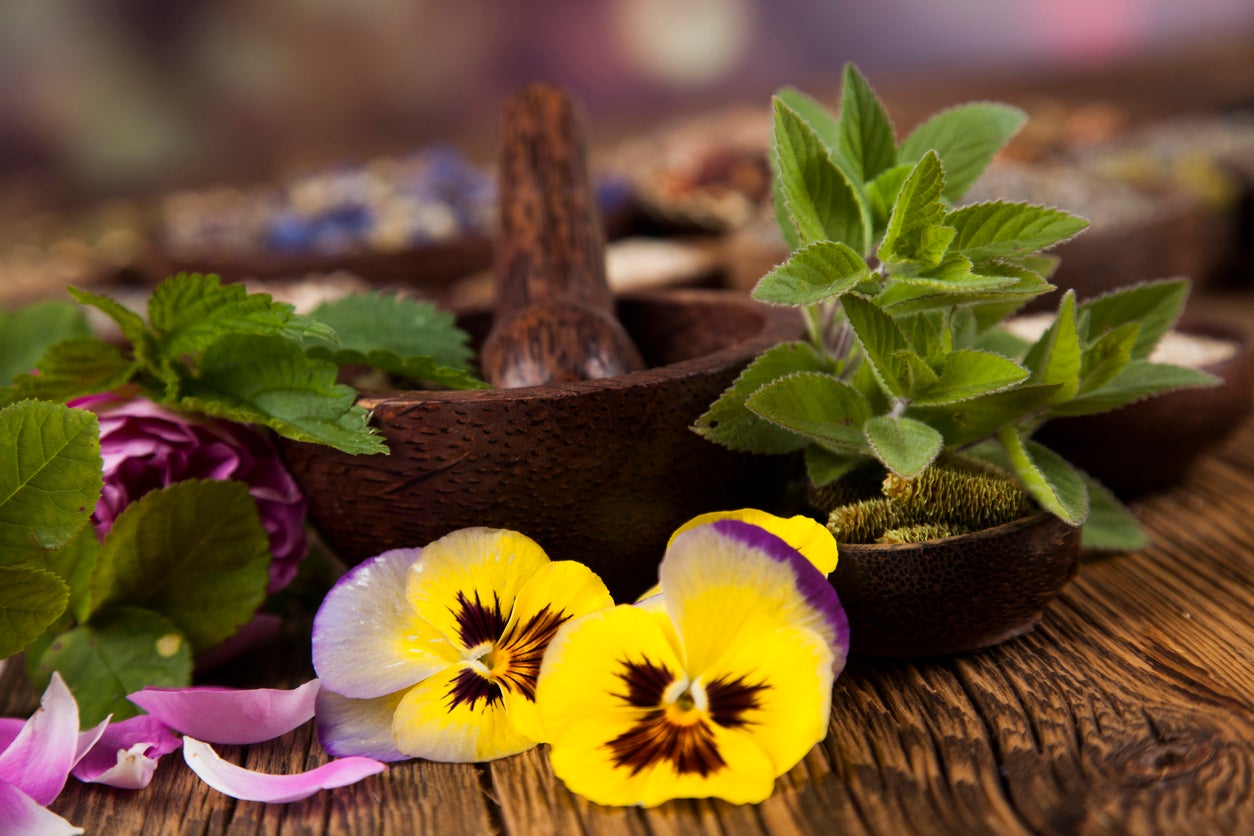
These pansy-like blooms have graduated from garnishes to recipe stars, as the fresh mild taste of a violet’s petals pairs well with herbs. Try chopping a handful of viola (Viola spp.) petals with a similar amount of snipped basil, chive, and parsley. Then blend into softened cream cheese and spread on your favorite bread to create a fun addition for brunch.
Cook Up Some Clover.
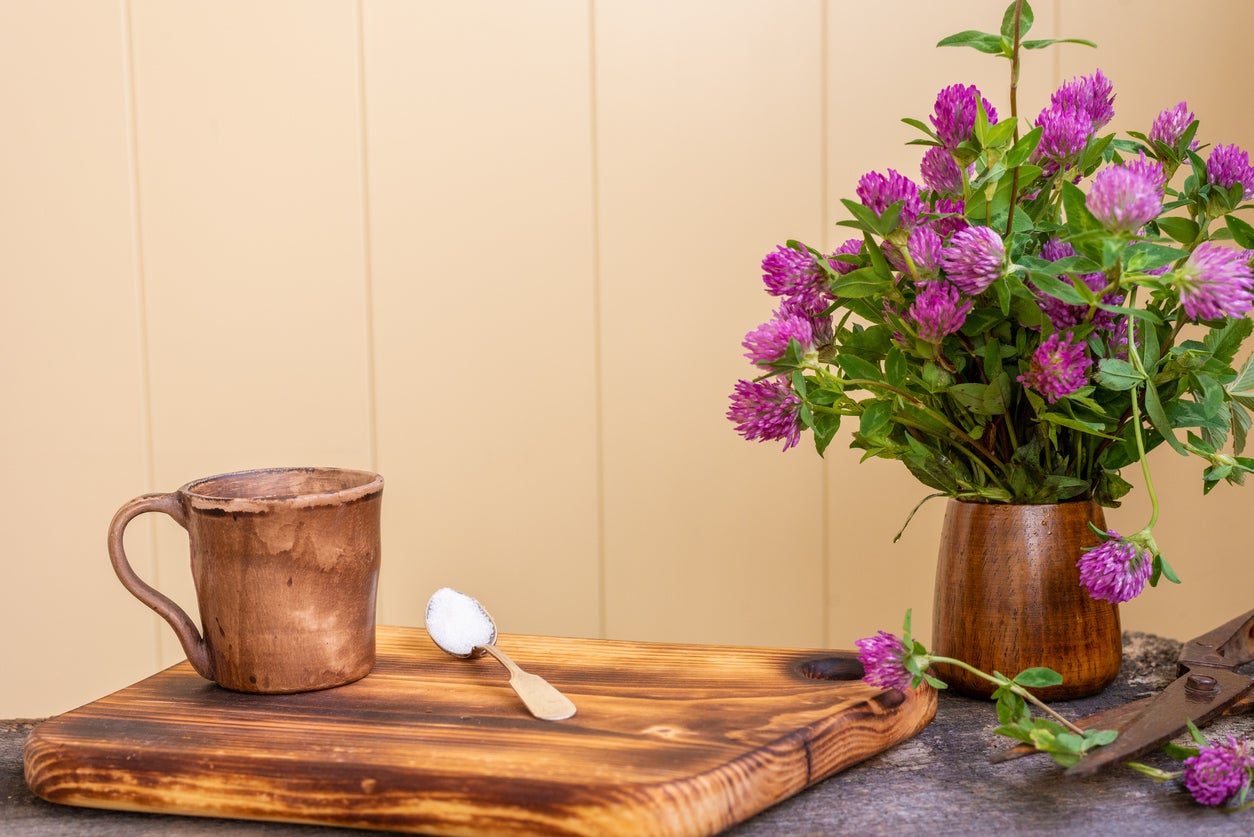
Both red and white clover can be included in cuisine. The white flower has a flavor similar to vanilla, so consider it as an added ingredient for sweet baked goods. Red clover is known for its anti-inflammatory properties, and it can be used to make a healthful tea.
Impress With Pansies.
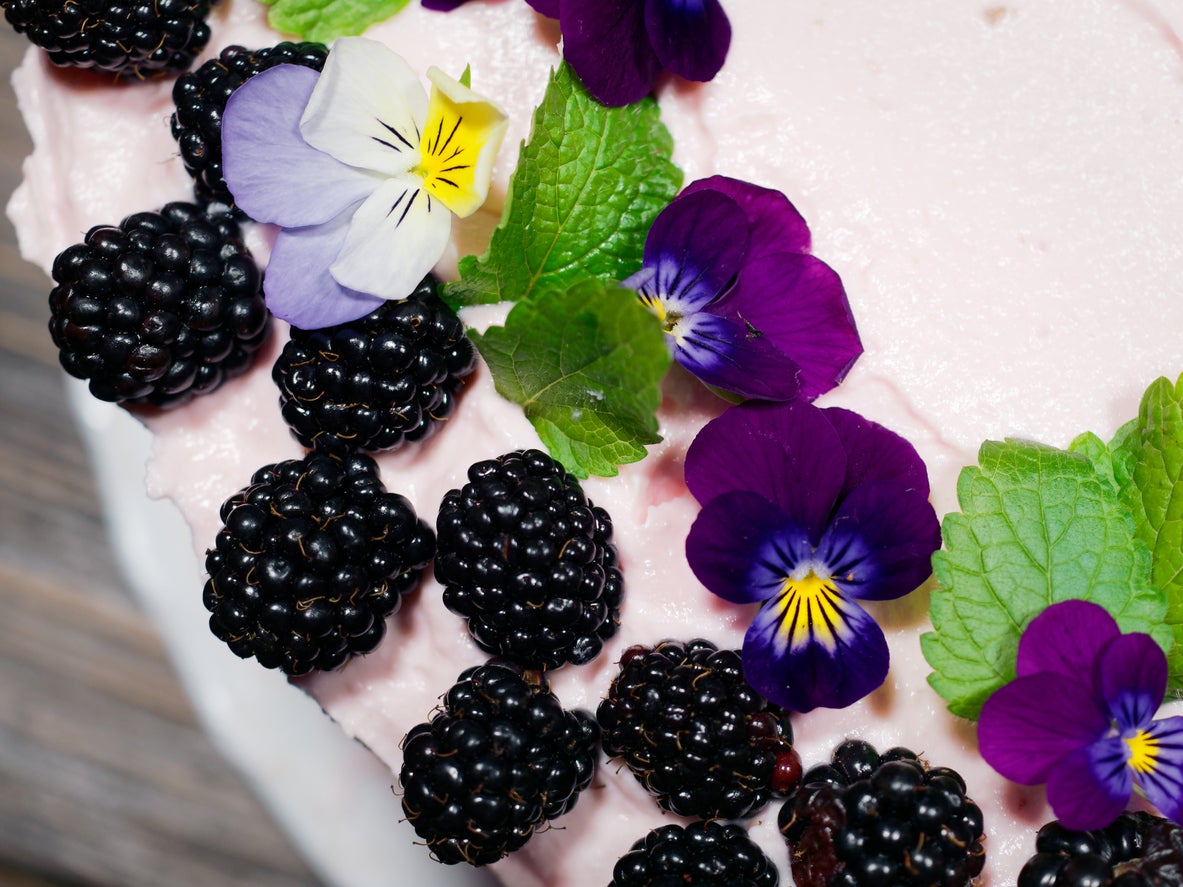
If taking your baking game to new heights, forget those fake sugar flowers and decorate your next cake with a plethora of pansies. The trick to decorating with the blooms is to place the pansies (Viola x wittrockiana) between layers of natural craft paper, then flatten inside the pages of a heavy book. Once dry, simply press carefully onto a freshly frosted treat.
Batter up Squash Blossoms.

If your garden is bestowing a bumper crop of squash (Cucurbita spp.) such as zucchini and pumpkin, make good use of the flowers. Gently remove the stamen and pistil, then load the long yellow blossoms with herbed semi-soft cheese, dunk in batter, and fry in hot oil until golden brown. Chef Tip: Add a touch of seltzer water to the batter to achieve a fluffy consistency.
Mix in Marigolds.
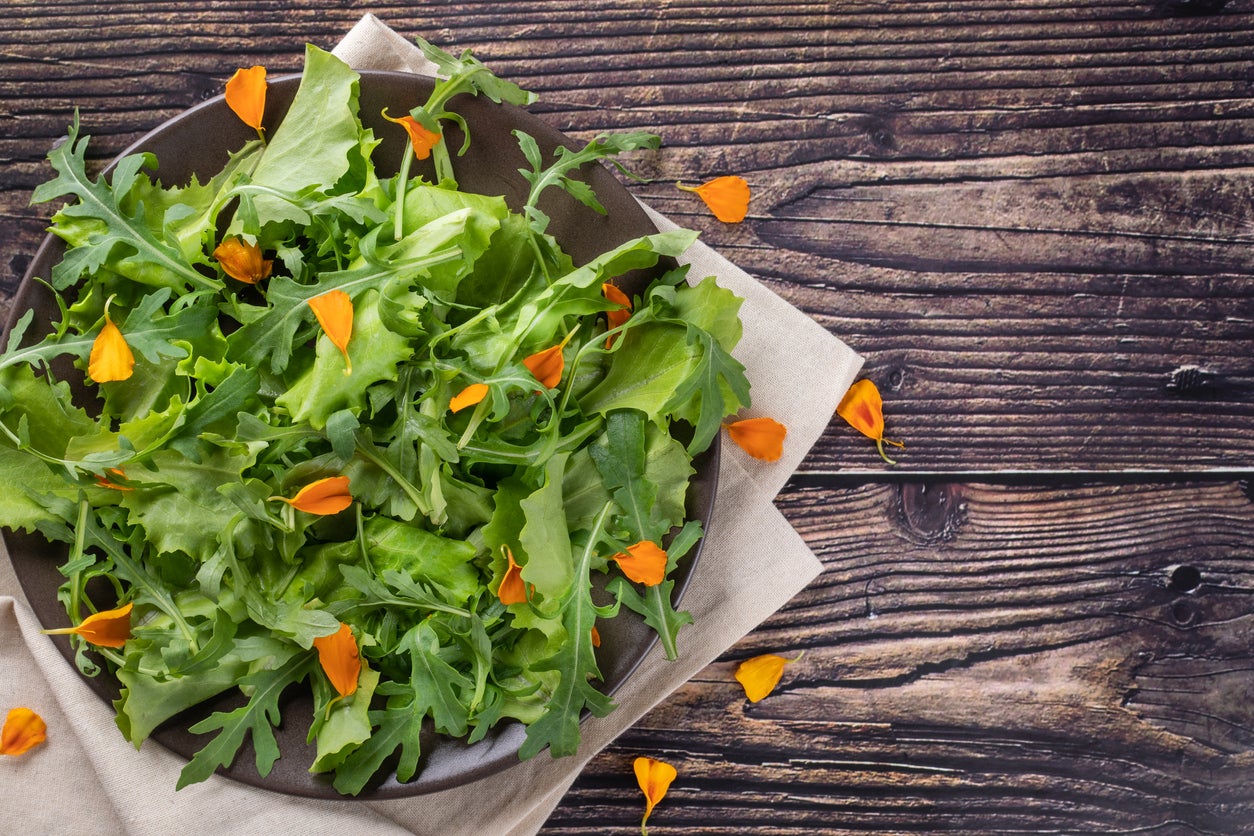
Many varieties of marigolds are edible, but not all of these cheerful garden favorites taste the same. The varieties reported to have the best tangy flavor include French marigold (Tagetes patula) and gem marigold (Tagetes tenuifolia). Marigolds are sometimes called “the poor man’s saffron” for the rich color they can add to recipes. Use them to brighten up a salad, or try chopping up a handful and mixing it in with bean sprouts, julienned carrots, and sliced scallions as the filling for a vegan summer roll.
Dine on Daylilies.
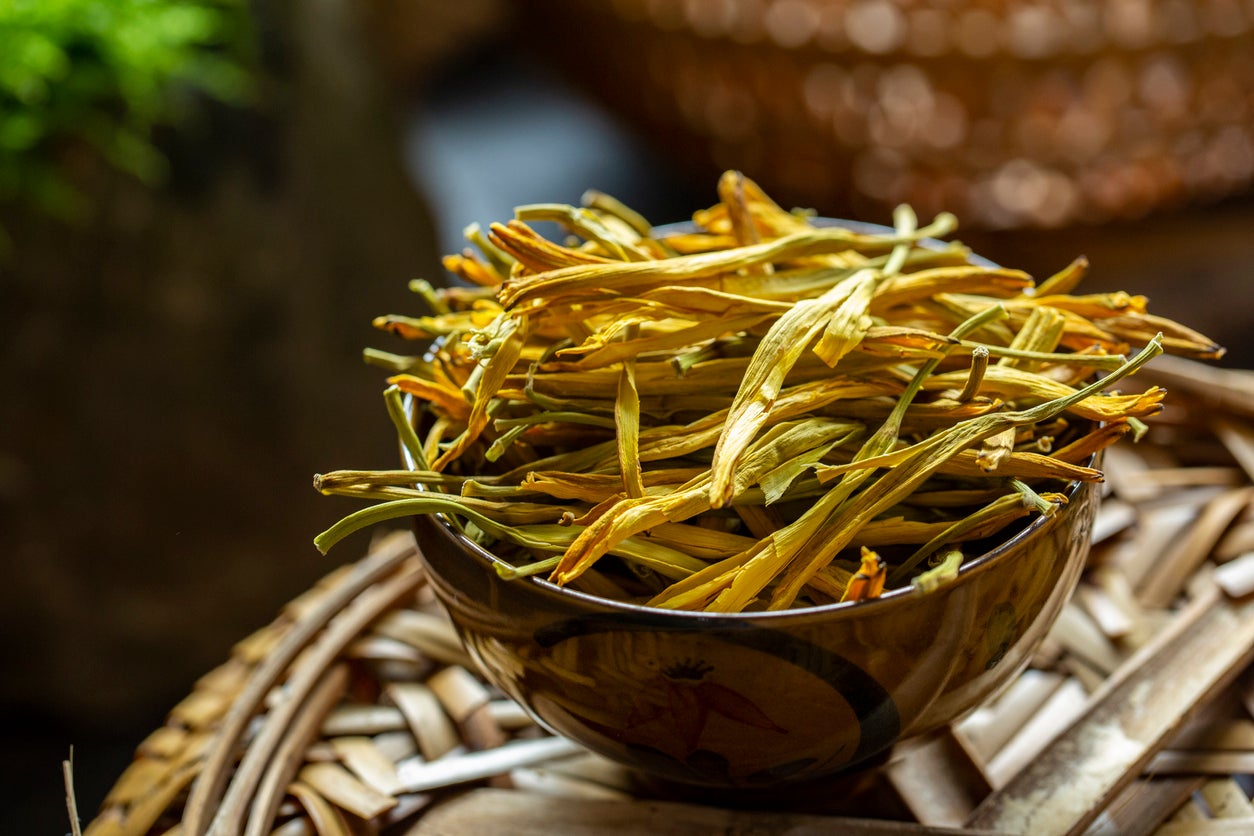
The flavor of the daylily (Hemerocallis spp.) will vary among cultivars, but all are on the savory side and are pleasant in egg dishes and dips. The bud tastes stronger than the open flower, and buds can be dried to add zing to soups, too.
Have a Lick of Lavender.
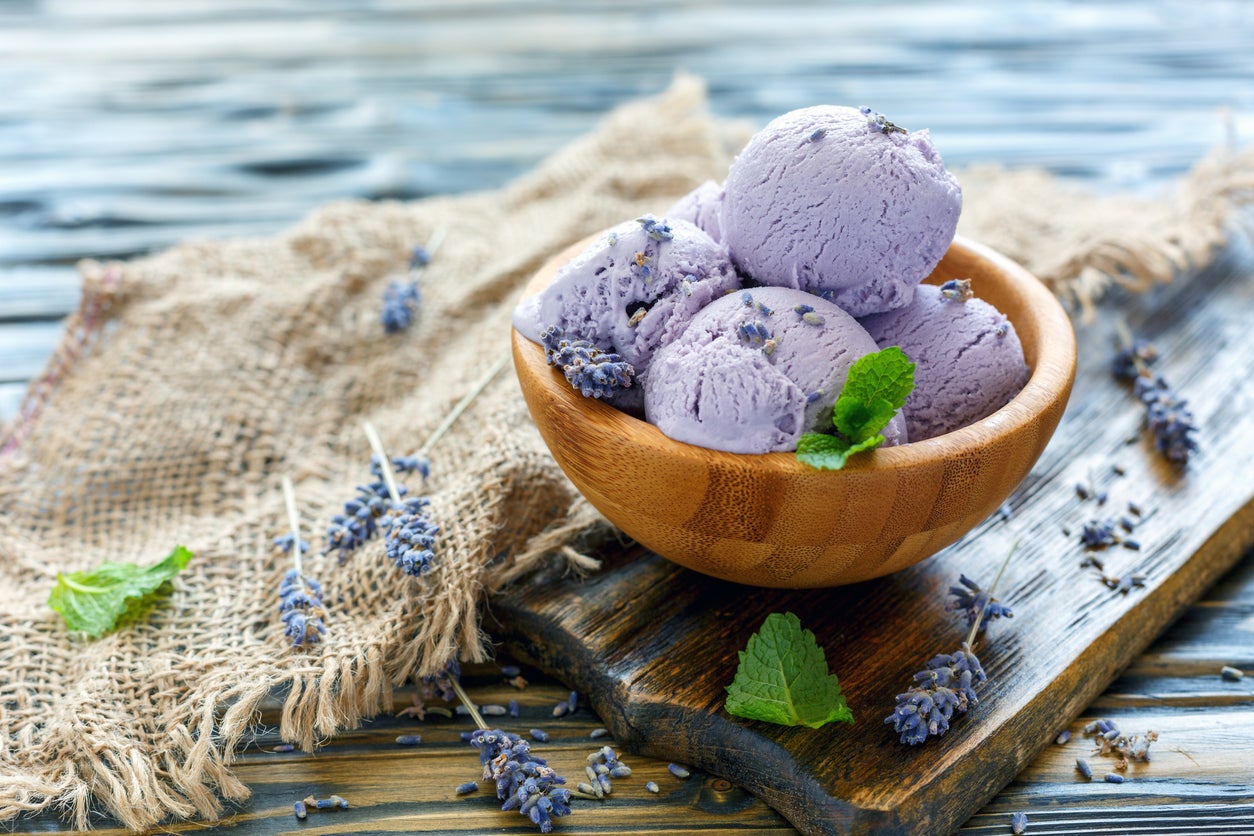
You probably know the scent of lavender, so consider trying the flavor. Lavender (Lavandula angustifolia) is sweet like its perfume, but should be used sparingly or it can become overpowering. Remarkably, one of its most popular uses is in ice cream: steep petals in cream, then strain before adding other ingredients.
Capture Those Peonies.
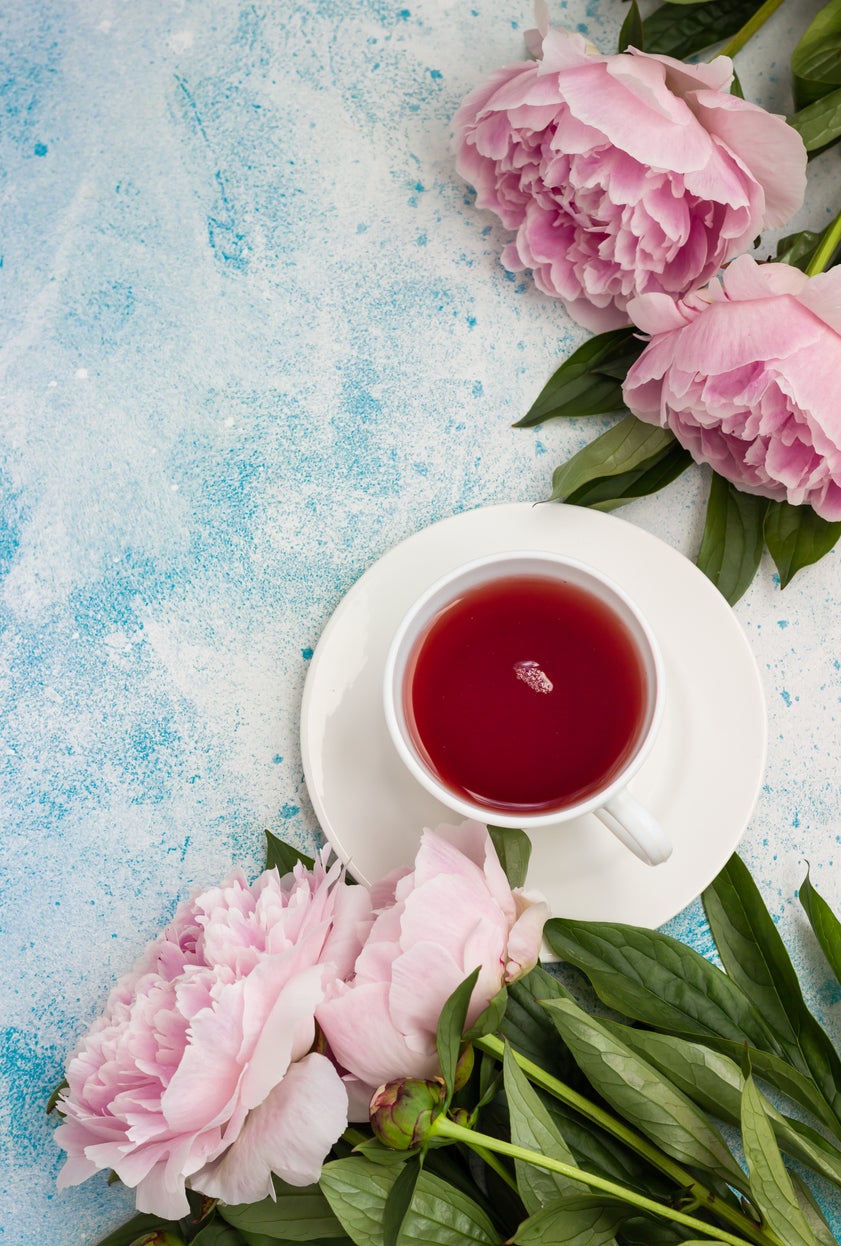
Their aroma is amazing—and their season may seem way too short. Hold onto that bright, fruity taste of peony (Paeonia officinalis) in a luscious pink jam or jelly. Since each flower is so packed with petals, you’ll only need to raid your shrub for a few blooms to cook a batch, which begins by brewing a tea from the petals.
Taste Those Tulips.
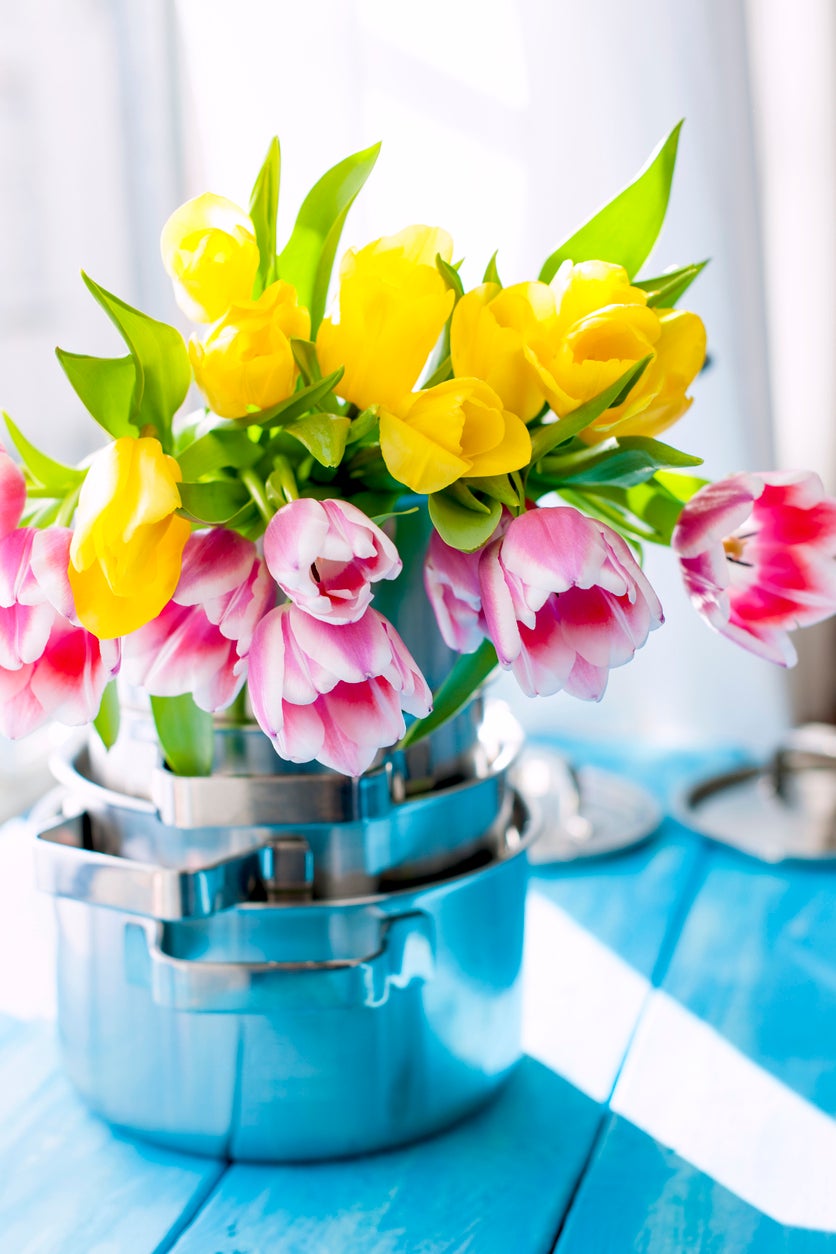
Popular harbingers of spring, tulips (Tulipa spp.) can make a delightful appearance in seasonal recipes. The petals’ taste is reminiscent of peas and beans, which makes them delectable in salads as well as an accompaniment to soft cheeses.
Season Freely with Rosemary.
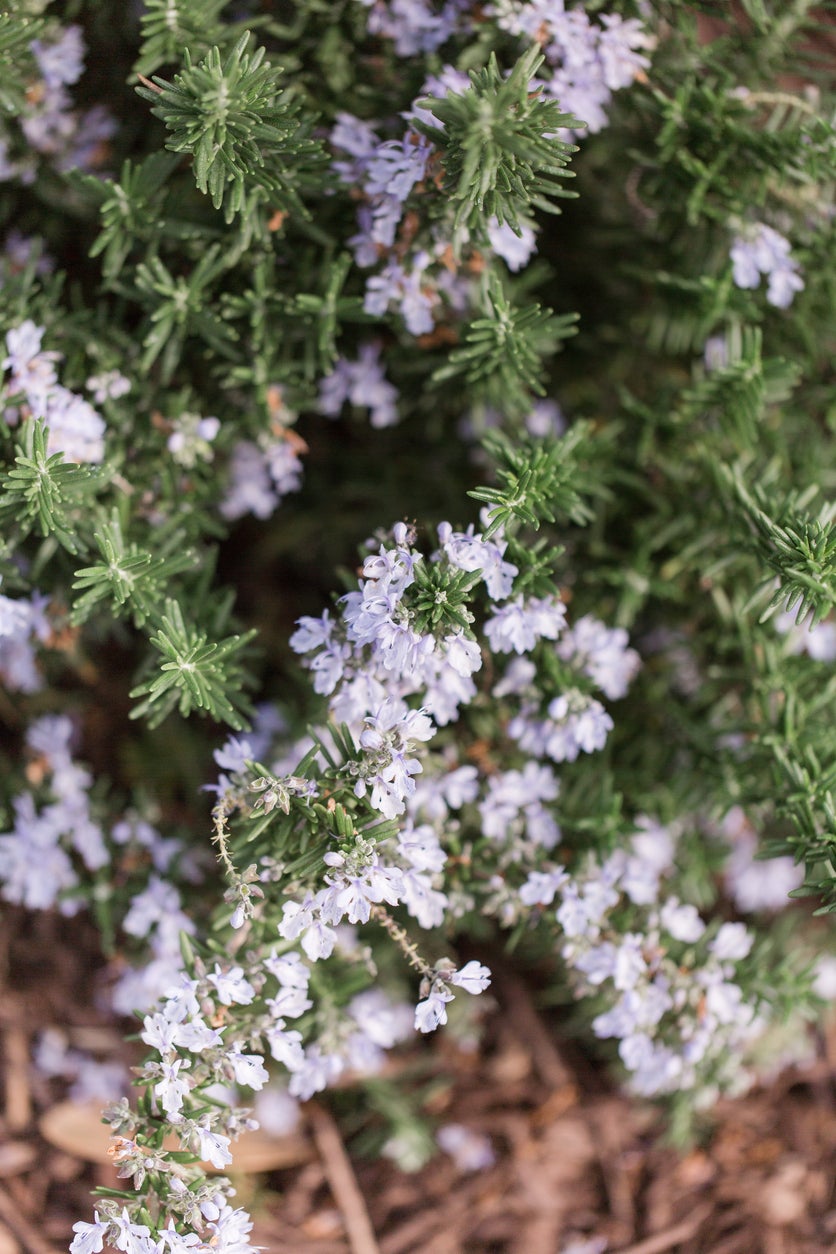
While the leaves of this herb are rather robust, the pale, pretty flowers have a subtler flavor. Sprinkle rosemary (Rosmarinus officinalis) on salads and pasta dishes, and use as a garnish for poultry-based soups.
Taste Pretty in Pinks.
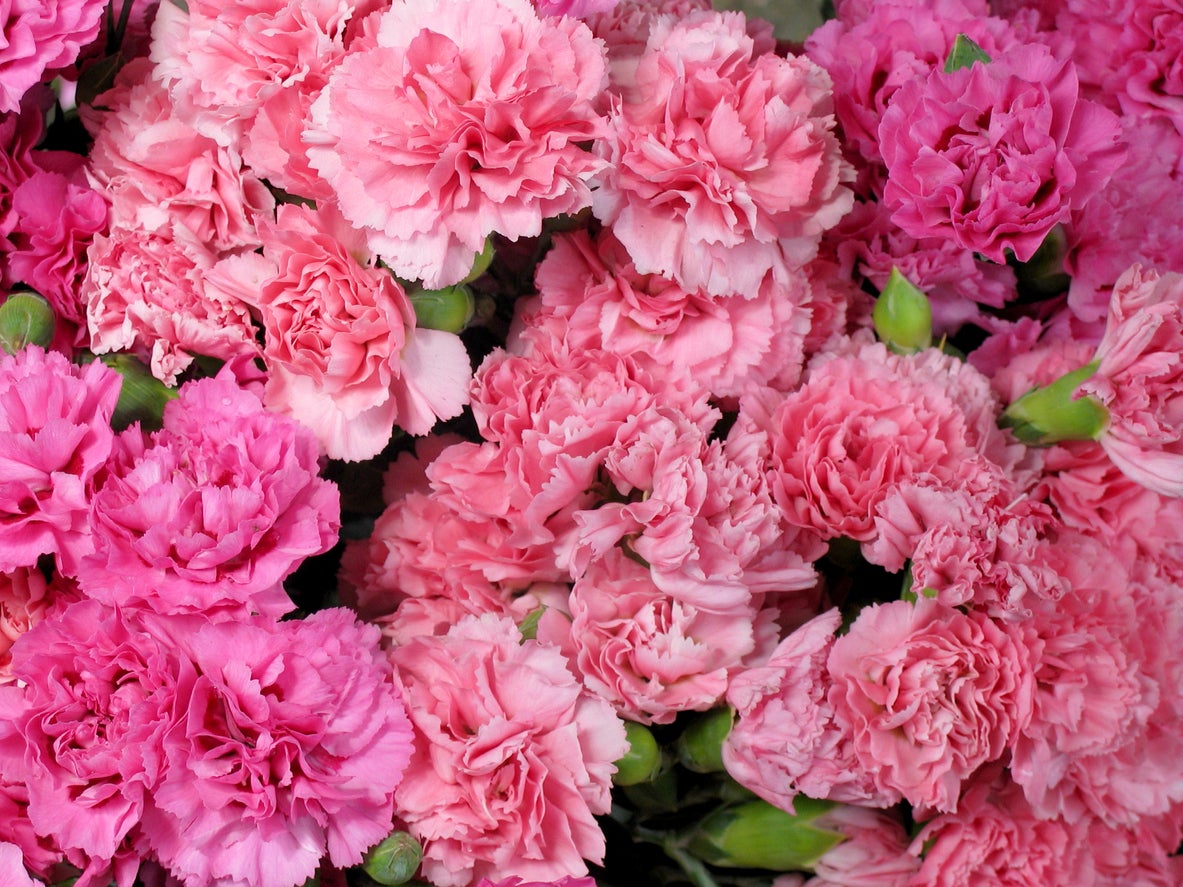
They’re called pinks or carnations (Dianthus caryophyllus), but these flowers are a popular low-growing ground cover that comes in loads of colors. The flowers have a sweet clove flavor that adds a distinctive touch to cold drinks, salads, and sorbets. Just be sure to remove the bitter base of the petal before use.

All You Need to Care for Your Lawn & Garden
Keeping your grass green and your plants thriving doesn’t just take a green thumb—it starts with the right tools and supplies.